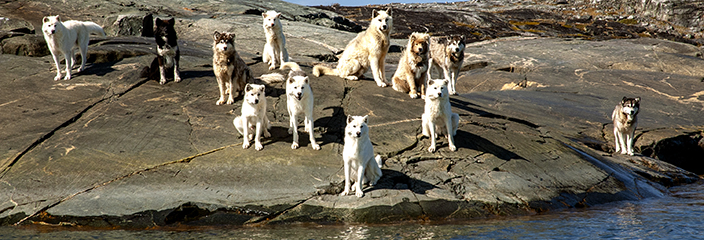By Corey Sandler
The last two ports of call on our Asian trip were Taiwan and Hong Kong, both of them places with complex histories of independence and occupation and modern stories that keep them on the front lines of cultural and economic and political conflict.
As we sailed from Nagasaki in southern Japan through the East China Sea toward Taiwan, we could see dozens of Chinese fishing vessels as well as other ships whose purpose was less apparent. In the late afternoon, with mainland China to our starboard side and Taiwan a few hundred miles ahead, a Chinese coast guard vessel cut across our bow and stopped in our path.
We were a civilian cruise ship, registered in Norway, carrying Americans, Canadians, Australians, Brits, and others.
I am not privy to whatever communication took place between the coast guard vessel and our cruise ship; it eventually moved west, toward China and we continued.

We docked in the port of Keelung, Taiwan’s second-largest port, about half an hour from the capital city of Taipei. Taiwan’s largest port is to the south, at Kaohsiung, where I had visited many years ago when researching a magazine piece about Taiwan’s then-booming electronic industry.
Taiwan is an unusual island nation with a strong economy and a functioning democracy, in a very tough neighborhood. There are some 168 islands, about a dozen of them significant; the main island of Taiwan is nearly 14,000 square miles in size and home to about 24 million people. Even with the vast jungle and mountain ranges in the center and east, that makes the Republic of China one of the world’s most densely populated countries.
Its official name is the Republic of China, which is easy enough to remember until you need to distinguish it from the People’s Republic of China which lies 80 to 100 miles to its west across the Taiwan Strait.
Both countries call the stretch of water by the same name, but that is one of the few points of agreement.
Mainland China–the People’s Republic of China–claims sovereignty and jurisdiction over the strait, declaring to the world that these are “internal territorial waters”.
In theory, that means any foreign vessel does not have freedom of navigation without official consent from the People’s Republic. In practice, vessels registered in the Republic of China and those of most other seafaring nations regularly traverse the strait.
The People’s Republic sends coast guard and naval vessels into the waterway and from time to time conducts “exercises” with weaponry, a literal form of saber rattling. The United States and a few other nations send naval vessels through the strait and aircraft above in response. There have been numerous incidents of close encounters, probably more than publicly known.
It’s not just Taiwan and the People’s Republic who squabble–sometimes loudly–in the region. Mainland China and the Philippines are at odds over small islands. And the Spratly Islands are disputed by the People’s Republic of China, the Republic of China, Vietnam, Brunei, Malaysia, and the Philippines.
It seems a place where a misstep could quickly escalate into an incident or worse. Watch this space.
There is evidence of humans on the island dating back at least 25,000 years, and a history of indigenous peoples from about 6,000 years.
In 1542, Portuguese sailors passed by an uncharted island, marking it on their charts Ilha Formosa (“beautiful island”). That name still rattles around in some parts of the world.
But the large island began to become more significant in the 17th century under a short-lived Dutch colony which lured large numbers of Han Chinese from northern China. It passed through several rulers until 1683 when it was annexed by the Qing dynasty of mainland China.
Things might have been simpler (not necessarily better) in the region if that had remained the status quo, but in 1895 the Qing dynasty ceded Taiwan to the expansionist Empire of Japan after being defeated in the First Sino-Japanese War.
Japan would occupy and defend the island through the end of World War II in 1945.
The Qing dynasty was the last imperial dynasty of China. I’m leaving out entire shelves of history books here, including intrusions and battles with Western nations, but for our purposes two events are most important:
In 1911, the Qing dynasty was overthrown and replaced by the first version of the Republic of China. During World War II, competing forces of the Chinese Nationalists (the Kuomintang, led by Generalissimo Chiang-Kai Shek) and the Chinese Communist Party (led by Chairman Mao Zedong) mostly cooperated in fighting Japanese forces in China.
Again, a long story made short:
After the end of World War II, the Chinese Civil War resumed between the Chinese Nationalists and the Chinese Communist Party. By the end of 1949, the Nationalists had been defeated on the mainland, but Chiang Kai-shek evacuated his government across the Strait to Taiwan.
About two million people, soldiers and the members of the Nationalists’ ruling elite, came to Taiwan and took control of about six million residents already in place. According to some historians, the Nationalists also brought with them much of mainland China’s gold and currency reserves and other treasures.
Things were rough on both sides of the Strait. The CCP in the People’s Republic of China ruled with an iron hand. The KMT in Taiwan declared itself a democracy but also imposed martial law which remained in place until 1987.
The vast People’s Republic of China claimed sovereignty over Taiwan, while the Republic of China proclaimed its goal to regain the mainland.
Although Taiwan was–and to a great extent still is–an economic powerhouse, by the late 1960s the tides had turned toward an uneasy accommodation by most of the world away from Taiwan and toward mainland China.
Today, most nations recognize the People’s Republic and many nations–the United States and major Western powers among them–maintain informal or third-party representation with the ROC.
Chiang Kai-shek died in 1975. It was not until 1986 that the first opposition party was allowed to participate in elections, and only in 2000 was there a change in leadership at the top.

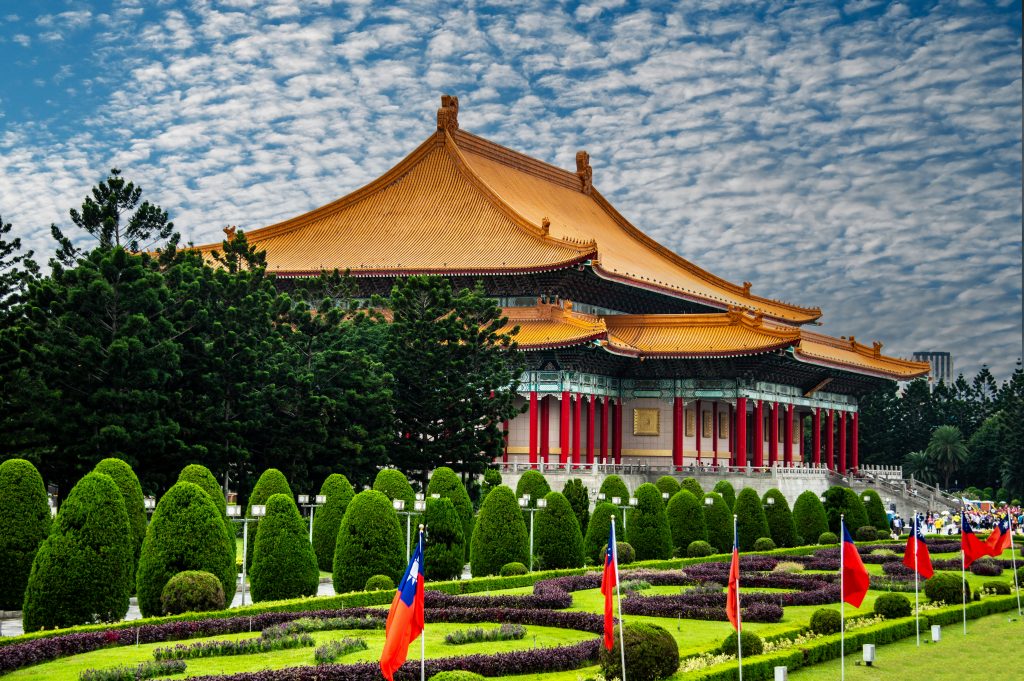
Today, Taiwan is generally considered a democracy, And Chiang Kai-shek, though his monument dominates a large section of Taipei, is not universally revered by the citizens of the country he helped establish.
Hong Kong: One country, two systems, many questions
Our final call on this trip was to another place with a very complex backstory: Hong Kong.
Hong Kong became a colony of the British Empire after it was ceded by the Qing Empire in 1842. That foothold was expanded in 1860 to the Kowloon Peninsula and again in 1898 to the New Territories.
Like much of this part of Asia, Hong Kong was occupied by Japan from 1941 to 1945 during World War II.
In 1997, the United Kingdom and the People’s Republic completed a negotiated “handover.” Since then it has been a “special administrative region” of the People’s Republic under a purposely vague doctrine called “One country, two systems.”
To my way of thinking, Hong Kong is a place that enjoys a bit more freedom than exists in the People’s Republic, the country of which it is a part and a pretty robust capitalist economy. In theory, that will continue, although the people of Hong Kong have to know that they can only push the boundaries so far.
Hong Kong has its own flag, its own currency, and uses both Cantonese Chinese and English as official languages. You need a visa to cross the border into the People’s Republic of China.
Today, Hong Kong has a bustling economy that is immediately evident when you look at the shops filled with ultra-expensive automobiles and designer cloths and luxury goods. It also, by one measure, has the world’s largest collection of skyscrapers, with nearly 500 structures taller than 150 meters or 490 feet.
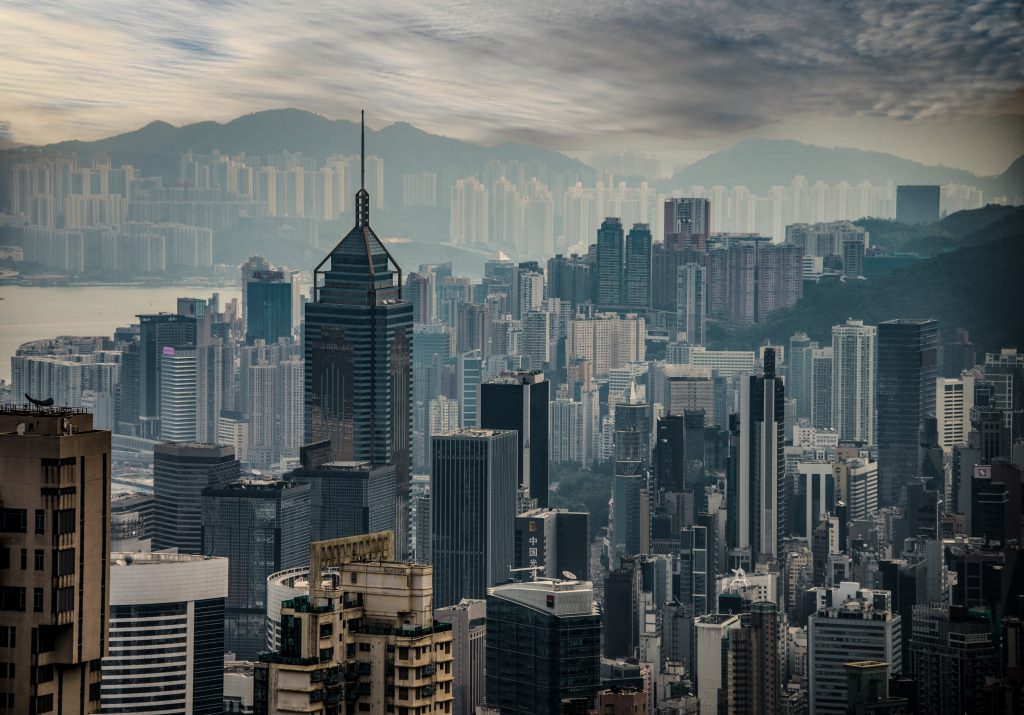
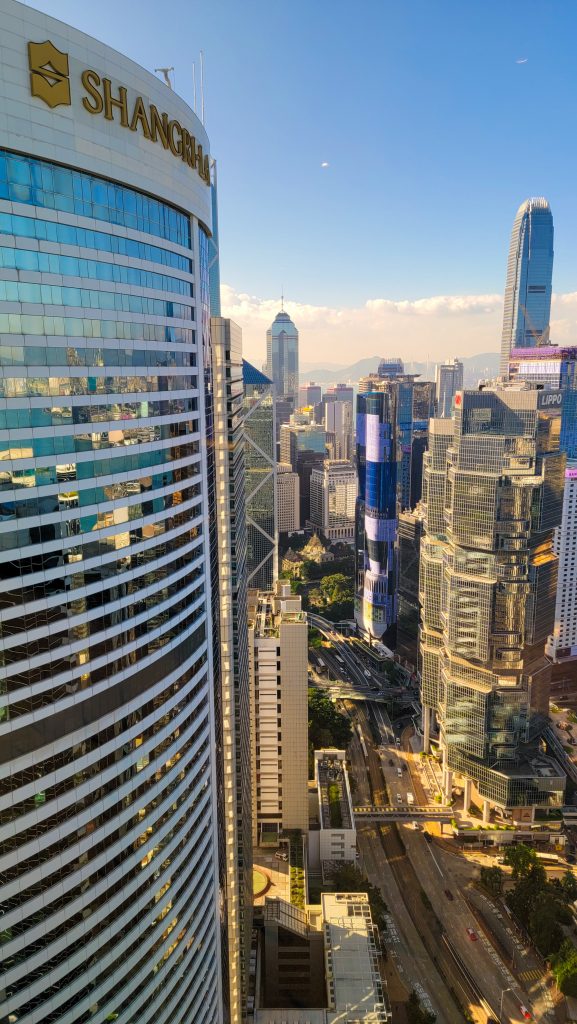
At the same time, sections of Hong Kong remain very much Old China.
We visited the rabbit warrens of Stanley Market on Hong Kong Island. You could buy just about anything from vendors, up to and including “genuine fake jade.”
The district received its name in recognition of Lord Stanley, the British Colonial Secretary at the time the United Kingdom added Hong Kong as a colony; Stanley would later serve five short terms as British Prime Minister. His second son, Frederick Arthur Stanley, served as Governor General of Canada from 1888 to 1893 and he presented Canada with a trophy for the champion of its ice hockey tournament; the Stanley Cup is still in use in the National Hockey League.
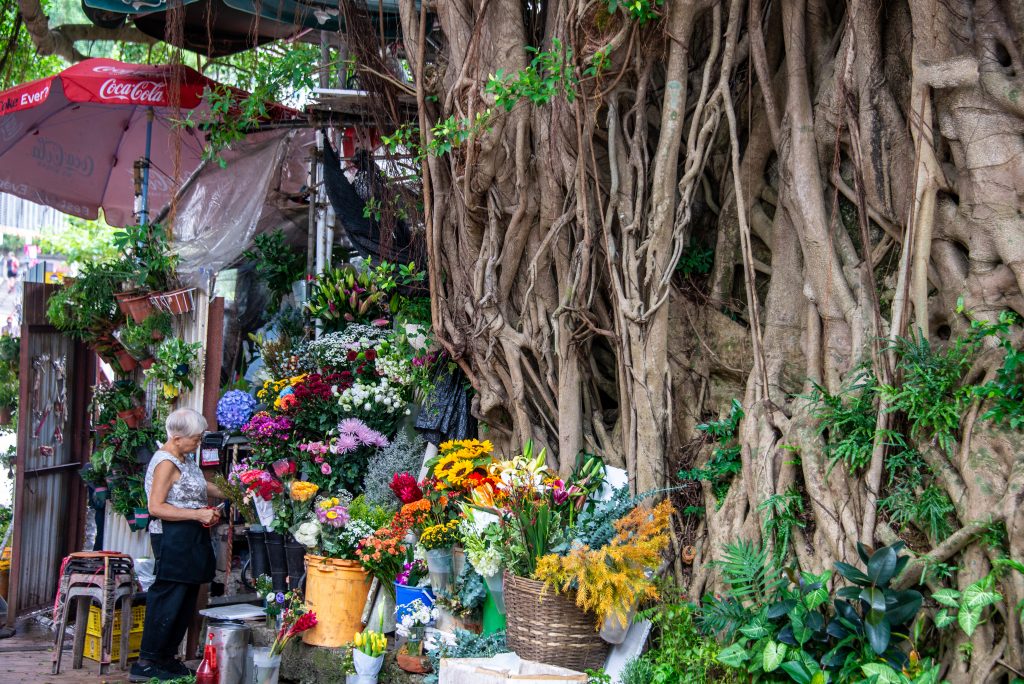
And we also took a motorized sampan tour of Aberdeen Harbour, where many people still live aboard old fishing boats or shacks on shore.
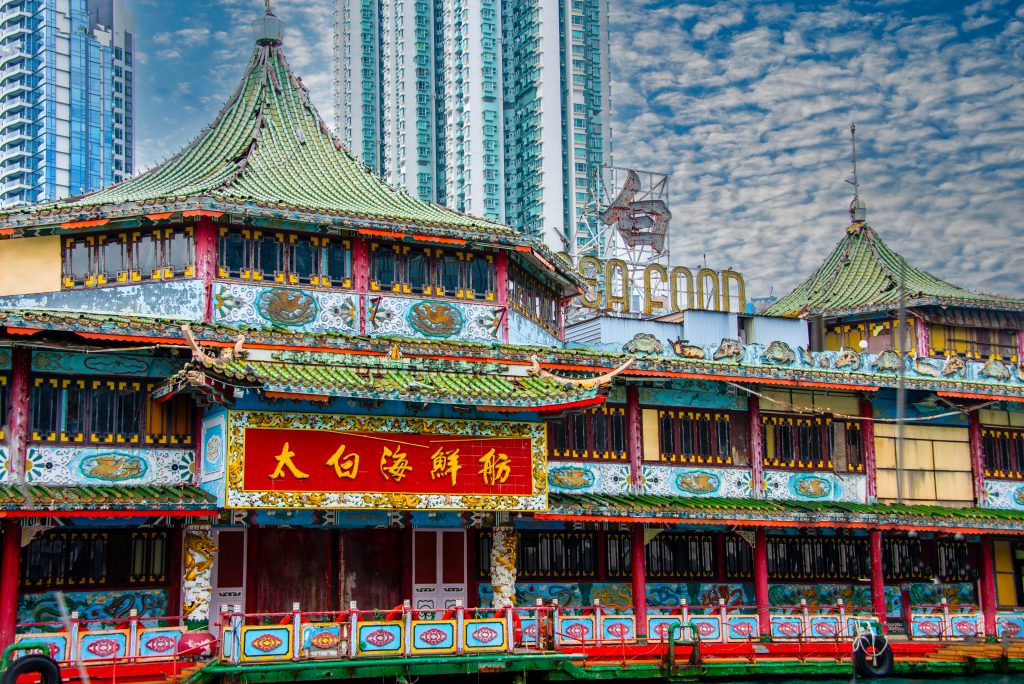
And strangely–or perhaps not so in this odd corner of the world–Hong Kong maintains unofficial relations with Taiwan. The cynic in me would observe this allows the People’s Republic a backdoor connection to a place it would otherwise claim to be an illegitimate claimant.
On our last day in Hong Kong, from our luxury hotel surrounded by upscale malls, we went for a walk into Hong Kong Park.
It is a rare piece of manicured greenery in the crowded city center, renovated in 1996 on the former site of Cantonment Hill under British colonial rule and the former location of the Victoria Barracks. One of the restored buildings, Rawlinson House, was the former home of the British Deputy General but today serves a government offices including the Cotton Tree Drive Marriage Registry.

All text and photos copyright 2024 by Corey Sandler, all rights reserved. If you would like to use a photo for personal or commercial use, please contact me.
